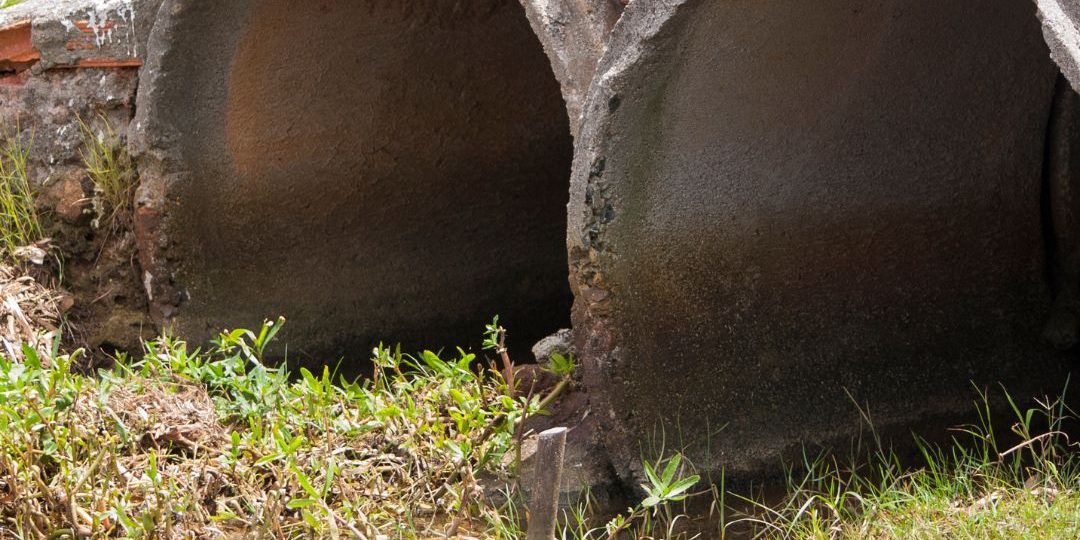When faced with a clogged main sewer line, it’s essential to address the issue promptly to prevent further damage and potential plumbing disasters. While some minor clogs can be resolved with DIY methods, it’s important to consider professional assistance for more severe or recurring clogs. Here are the steps to unclog a main sewer line:
- Signs of a main sewer line clog:
- Multiple drains and toilets are backed up: If you notice that several drains and toilets in your home or establishment are experiencing simultaneous backups, it’s a strong indication of a main sewer line clog.
- Slow drainage: Water draining slowly or backing up in sinks, showers, or bathtubs could signal a clog in the main sewer line.
- Unpleasant odors and gurgling sounds: Foul smells coming from drains or gurgling sounds when using plumbing fixtures may indicate a blockage in the sewer line.
- DIY methods for clearing a main sewer line clog: While these methods can provide temporary relief, they may not completely resolve a stubborn clog. Professional assistance is recommended for more effective and long-lasting results. However, if you want to attempt to clear the clog yourself, consider these approaches:
- Using a plumbing snake or auger: A plumbing snake can be inserted into the drain to break up or remove the clog. Follow the manufacturer’s instructions and be cautious not to damage the pipes.
- Flushing the system with hot water and baking soda: Pouring a mixture of hot water and baking soda down the drain can help break down grease and debris. Follow it up with a flush of hot water.
- Utilizing enzymatic drain cleaners: Enzymatic drain cleaners contain bacteria and enzymes that eat away at organic matter in the clog. Follow the instructions on the product for optimal results.
- Importance of professional assistance: While DIY methods can provide temporary relief, it’s crucial to involve a licensed plumber for a comprehensive and lasting solution. Here’s why professional assistance is beneficial:
- The expertise of a licensed plumber: A professional plumber has the knowledge and experience to diagnose and address main sewer line clogs effectively. They can identify the underlying cause of the clog and recommend appropriate solutions.
- Advanced tools and techniques: Plumbers have access to specialized tools and equipment, such as high-powered drain snakes, hydro jetters, and video inspection cameras. These tools enable them to locate and remove clogs more efficiently.
- Long-term benefits of professional plumbing repairs: By hiring a professional plumber, you can ensure that the main sewer line clog is resolved effectively, reducing the likelihood of future clogs and minimizing the risk of damage to your plumbing system.
Remember, while DIY methods can be attempted, it’s essential to prioritize safety and contact a professional plumber if you’re unsure or unable to clear the main sewer line clog.
What happens if the main sewer line is clogged?
A clogged main sewer line can lead to various problems that extend beyond inconveniences like slow drains. Understanding the potential consequences of a main sewer line clog can help you recognize the importance of addressing the issue promptly. Here are some of the common issues that can arise when the main sewer line is clogged:
- Backed-up drains and toilets: One of the most noticeable effects of a main sewer line clog is the backup of wastewater in drains and toilets throughout your home or building. This can result in toilets not flushing properly, sinks and tubs draining slowly or not at all, and water pooling around floor drains.
- Foul odors and gurgling sounds: A clogged sewer line can lead to unpleasant odors emanating from drains, as trapped wastewater and sewage gases have nowhere to go. Additionally, you may hear gurgling sounds coming from drains or toilets when using other plumbing fixtures. These noises indicate that air is trapped due to the clog, causing disruptions in the plumbing system.
- Water leaks and potential water damage: When a main sewer line is clogged, water can find alternative paths to escape. This can result in leaks or seepage around drains, toilets, or other plumbing fixtures. Water damage to walls, floors, and ceilings may occur, leading to costly repairs and potential mold growth.
- Increased risk of sewage backup: A severe main sewer line clog can cause sewage to back up into your home or building. This poses health hazards and requires immediate attention from a professional plumber. Sewage backup can contaminate living spaces and necessitate thorough cleaning and sanitization.
- Impact on other plumbing fixtures and appliances: A clogged main sewer line can affect the functionality of other plumbing fixtures and appliances connected to the same system. Here are some examples:
- Sinks: Water may drain slowly or back up into sinks due to the clog, causing inconvenience and hygiene concerns.
- Toilet Repair & Installation: Clogged sewer lines can lead to toilets not flushing correctly or overflowing, posing sanitation issues and requiring repair or replacement.
- Bathtubs and showers: Drainage problems can result in standing water in bathtubs and showers, making it difficult to maintain proper hygiene and causing discomfort.
- Faucets: Reduced water pressure or backups in the sewer line can affect the flow and efficiency of faucets throughout your home.
- Garbage Disposal Installation: A clogged sewer line can cause complications with garbage disposal units, leading to drainage issues and unpleasant odors.
- Water Treatment & Purification: Contaminants and debris from the clog may affect the performance of water treatment and purification systems, compromising water quality.
It’s important to address a main sewer line clog promptly to mitigate these issues and prevent further damage to your plumbing system and property. Contacting a professional plumber for thorough diagnosis and repairs is recommended to ensure a comprehensive solution to the clog and its associated consequences.
How long does it take to snake a main sewer line?
The duration of snaking a main sewer line can vary depending on several factors. While it’s challenging to provide an exact timeframe without assessing the specific situation, the following factors can influence the time it takes to snake a main sewer line:
- Severity of the clog: The severity of the clog plays a significant role in determining how long it will take to clear the main sewer line. Minor clogs that are closer to the drain opening may be resolved relatively quickly, while more severe and stubborn clogs located further down the line can take longer to remove.
- Accessibility of the sewer line: The accessibility of the sewer line affects the time required to snake it. If the main sewer line is easily accessible through an outdoor cleanout or an accessible drain point, it can streamline the snaking process. However, if access is limited or obstructed, additional time may be needed to gain access to the line.
- Distance to the clog: The distance between the point of access and the location of the clog impacts the snaking time. If the clog is relatively close to the access point, it may be cleared more quickly. However, if the clog is farther down the main sewer line, it may take longer to reach and remove the blockage.
- Complexity of the plumbing system: The complexity of the plumbing system can affect the snaking process. If the main sewer line has multiple branches, turns, or connections, it may take more time to navigate through the pipes and fully clear the clog. Complex systems often require a thorough inspection and strategic approach to ensure all areas are properly addressed.
- Presence of tree roots or other obstructions: Tree roots infiltrating the sewer line or other obstructions within the pipes can complicate the snaking process. Removing or navigating around these obstructions takes additional time and effort, as it requires specialized tools and techniques to effectively clear the line.
While it’s difficult to provide an exact timeframe, snaking a main sewer line typically ranges from a few hours to half a day, depending on the factors mentioned above. Commercial properties or more complex systems may require additional time due to their size and intricacy.
It’s important to note that snaking a main sewer line is a temporary solution and may not address underlying issues such as deteriorated pipes or recurring clogs. If the clog persists or if there are frequent occurrences, it’s recommended to consult a professional plumber for a comprehensive inspection and potential long-term solutions.







